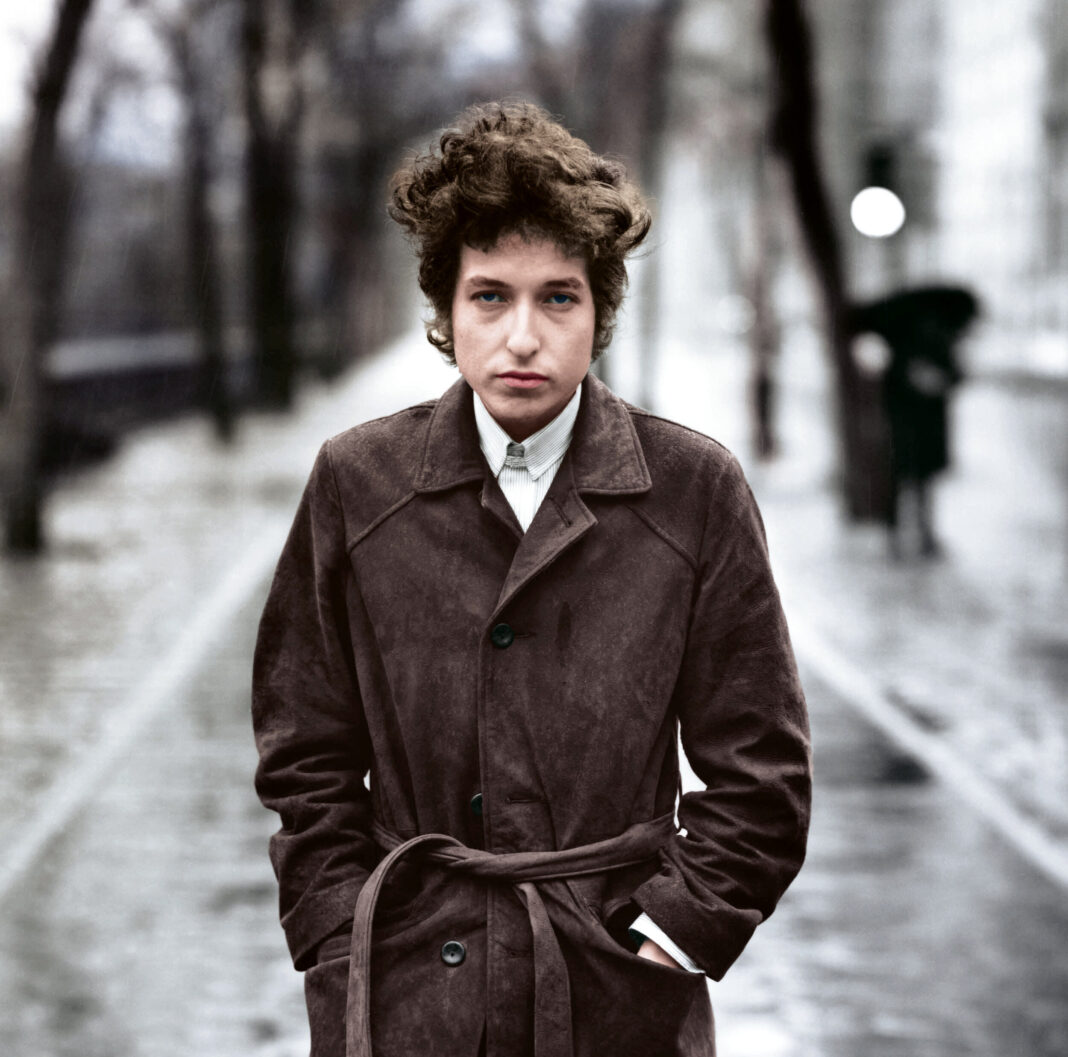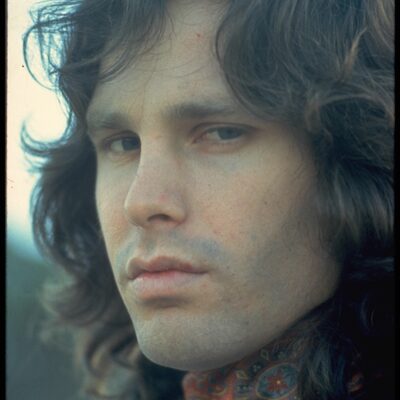Brink of Change
In 1965, the world of music was on the brink of a revolution. It was a year when the music scene didn’t just entertain—it became a force that united people, transformed fashion, and sparked innovation. Imagine a time so different from today, where every note and lyric carried the weight of cultural change. But what exactly made 1965 such a pivotal year in music history? Join us as we dive deep into the soundscape that redefined rock ‘n’ roll and explore the legendary musicians behind this transformative year—1965 didn’t just reflect the culture but reshaped it entirely. Let’s find out why 1965 changed music forever.
Kicking off the Year
The year kicked off with The Beatles, I Feel Fine at Number 1. The recording includes one of the earliest uses of guitar feedback in popular music. Fans remained glued to their radios over the ten days between the single’s unveiling on radio and its retail release.
In January 1965, the music scene was buzzing as Brian Epstein took to the screen to introduce electrifying performances by The Zombies and Gerry & the Pacemakers on the debut of the Hullabaloo TV musical variety series. The Zombies, riding high with chart-toppers like “She’s Not There” and “Tell Her No,” were becoming a staple on musical TV shows, including Shindig, captivating audiences with their distinctive sound.
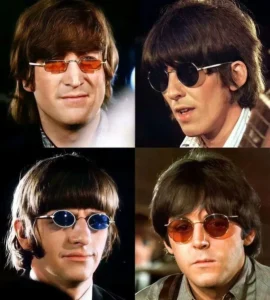
Meanwhile, in the UK, the charts were dominated by a wave of iconic hits. The Rolling Stones’ “Heart of Stone,” The Kinks’ “All Day and All of the Night,” and Marianne Faithfull’s “As Tears Go By” were all defining the sound of 1965. On January 23rd, Petula Clark made history when her hit “Downtown” soared to No. 1 on the U.S. singles chart, making her the first British female vocalist to achieve that feat since The Beatles stormed the scene.
That same month, The Who made their electrifying first appearance on the British TV program Ready Steady Go!, signaling the rise of a band that would soon become a household name. January 1965 also saw the release of several acclaimed albums, including The Rolling Stones’ No. 2, The Four Tops’ debut, Ray Charles Live in Concert, The Zombies, Live! The Ike and Tina Turner Show, and Odetta Sings Dylan.
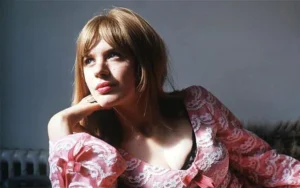
Swinging London
Meanwhile over in Swinging London the cultural transformation is in full swing. The Mods are seen driving around on Italian Vespas, girls are sporting Mary Quant’s shift dresses and the bands are busy recording songs for the British Invasion which is still in full effect. Barbara Hulanicki’s Biba Boutique and Mary Quant’s Bazaar boutique are selling out of their latest designs as soon as they hit the racks. The creativity coming out of London is taking the world by storm. It is felt in the music, the fashion, and culture from Europe to North America.
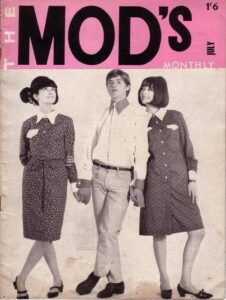
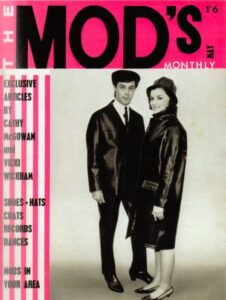
Here Comes the Night
‘Here Comes The Night’ by a band out of Belfast, ‘Them’ with their lead singer Van Morrison is getting a lot of radio play. The British Invasion songs being played in record stores, on the radio and on musical variety shows are The Beatles ‘Ticket To Ride’, The Kinks ‘Tired of Waiting for You’, The Rolling Stones ‘The Last Time’, and Petula Clark has a hit with ‘I Know a Place’.
Out of Australia is The Seekers, have a hit climbing the charts, ‘I’ll Never Find Another You’. The Moody Blues are performing their latest release ‘I Don’t Want to Go On Without You’.
They perform their latest songs at The New Musical Express poll winners’ concert which also features performances by The Beatles, The Animals, The Rolling Stones, Freddie and the Dreamers, the Kinks, the Searchers, Herman’s Hermits, Donovan, Them, Cilla Black, Dusty Springfield, Tom Jones and Wayne Fontana and the Mindbenders.
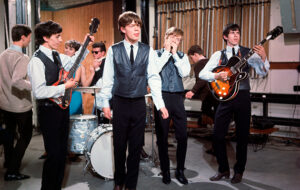
April 1965 offers a musical treat on Hullabaloo, with George Hamilton hosting a star-studded lineup. Tune in to catch performances from Brenda Lee, The Hollies, The Ronettes, The Womenfolk, The Impressions, and Wayne Fontana and the Mindbenders, who light up the stage with their chart-topping hit “The Game of Love.” Meanwhile, the Four Tops have just released their irresistible new single, “I Can’t Help Myself (Sugar Pie Honey Bunch),” destined to become a soul classic.
Dylan Changes the World
In May 1965 the beautiful and fashionable Marianne Faithfull met with Bob Dylan. At the time she had this to say about Dylan. “So typically young America. Every other word is ‘man’, just like in the James Baldwin books.”
She also recounted their first meeting, “He stared at me for so long I thought I was going to melt.”
Faithfull later elaborated on her opinion of Dylan, describing him in her autobiography Faithfull as, “Nothing less than the hippest person on earth. The zeitgeist streamed through him like electricity.”
For Bob Dylan’s part he was on tour in the U.K. and performed his now infamous shows featured in the documentary, “Dont’ Look Back”. Dylan performed to awe struck audiences who sat mesmerized during his ’65 tour of the UK.
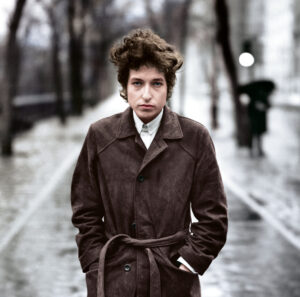
Watch Why 1965 Changed Music Forever
Bob Dylan Goes Electric: A Turning Point in Music History
The summer of 1965 marked a seismic shift in the music landscape when Bob Dylan “went electric” at the Newport Folk Festival on July 25. Armed with a Fender Stratocaster and backed by members of the Paul Butterfield Blues Band, Dylan delivered an electrified set that included “Maggie’s Farm” and “Like a Rolling Stone.” The move shocked purist folk fans, with some booing in protest, but it also signaled a new era for rock music.
“Like a Rolling Stone” became an anthem of change, breaking traditional song structures with its six-minute runtime and deeply introspective lyrics. Its release in July 1965 redefined what a pop single could be and paved the way for the fusion of folk and rock music. This groundbreaking moment solidified Dylan’s status as a transformative figure in the music world and influenced countless artists to experiment with their sound.
The Byrds and the Birth of Folk Rock
Across the Atlantic, The Byrds were making waves with their chart-topping rendition of Bob Dylan’s “Mr. Tambourine Man.” Released in April 1965, the single combined Dylan’s poetic lyrics with jangly electric guitars inspired by The Beatles. This fusion of folk and rock created an entirely new genre: folk rock.
The Byrds’ sound resonated with a generation yearning for depth and authenticity in their music. Their success not only brought Dylan’s music to a broader audience but also inspired other bands to explore the possibilities of blending traditional folk with modern rock elements. The Byrds’ influence on the 1965 music scene cannot be overstated—they were instrumental in shaping what would later be known as the “California Sound.”
The British Invasion Continues
By 1965, the British Invasion was in full swing, with bands like The Beatles, The Rolling Stones, and The Kinks dominating the charts worldwide. The Beatles released Help! in August 1965, an album that showcased their evolution as songwriters. Tracks like “You’ve Got to Hide Your Love Away” reflected Dylan’s influence, while the title track and “Ticket to Ride” demonstrated their knack for crafting timeless pop hits.
The Rolling Stones continued to solidify their rebellious image with “(I Can’t Get No) Satisfaction,” released in June 1965. The song’s gritty riff and raw lyrics captured the frustrations of a generation, making it an instant classic. Meanwhile, The Kinks delivered “Tired of Waiting for You,” blending their sharp wit with melancholic melodies to great success.
The Animals, another British Invasion powerhouse, released “We Gotta Get Out of This Place” in July 1965, a working-class anthem that resonated with audiences on both sides of the Atlantic. Its themes of escape and hope perfectly captured the spirit of the times.
Motown: The Sound of Young America
While rock ‘n’ roll was evolving, Motown Records was delivering hit after hit, cementing its reputation as “The Sound of Young America.” The Supremes, under the guidance of Berry Gordy, released “Stop! In the Name of Love” in March 1965, continuing their streak of chart-toppers. Meanwhile, The Temptations captivated audiences with their soulful harmonies on “My Girl,” released earlier in the year.
Smokey Robinson and the Miracles contributed to Motown’s dominance with “Tracks of My Tears,” a song celebrated for its heartfelt lyrics and Robinson’s silky vocals. The Four Tops, riding high on the success of “I Can’t Help Myself (Sugar Pie, Honey Bunch),” further solidified Motown’s place at the forefront of American music.
Garage Rock and Proto-Punk Emerge
1965 also saw the rise of garage rock, a raw and unpolished style that would later influence punk rock. Bands like The Kingsmen and The Sonics delivered high-energy performances with minimal production. The Kingsmen’s “Louie Louie,” though released in late 1963, gained renewed popularity in 1965 as an anthem for rebellious teens. The Sonics’ aggressive sound, exemplified in tracks like “The Witch,” laid the groundwork for the punk movement of the 1970s.
Garage rock also gave rise to regional hits, with bands like The Standells (“Dirty Water”) and The Shadows of Knight (“Gloria”) gaining recognition. These bands proved that rock ‘n’ roll didn’t have to come from major cities to make an impact.
The Birth of Psychedelia
The seeds of psychedelic rock were planted in 1965 as artists began experimenting with new sounds and recording techniques. The Byrds’ “Eight Miles High,” though released in early 1966, was written during this transformative year and reflected the burgeoning influence of jazz and Eastern music on rock. Similarly, The Yardbirds pushed boundaries with their experimental use of feedback and distortion on tracks like “Heart Full of Soul.”
Across the pond, San Francisco was beginning to emerge as a hub for counterculture and experimentation. Bands like Jefferson Airplane and The Grateful Dead formed in 1965, setting the stage for the psychedelic explosion that would define the late 1960s.
The Year’s Defining Albums
1965 wasn’t just about groundbreaking singles—it also saw the release of albums that would become classics. The Beatles’ Rubber Soul, released in December, marked a turning point in their career, showcasing their growth as musicians and songwriters. Tracks like “Norwegian Wood (This Bird Has Flown)” introduced audiences to the sitar, foreshadowing the rise of psychedelic influences.
The Rolling Stones’ Out of Our Heads, released in September, featured “(I Can’t Get No) Satisfaction” and solidified the band’s reputation as rock ‘n’ roll bad boys. Meanwhile, Bob Dylan’s Bringing It All Back Home and Highway 61 Revisited captured the transition from acoustic folk to electric rock, with the latter featuring the iconic “Like a Rolling Stone.”
Cultural Shifts Reflected in Music
The music of 1965 wasn’t just about sound—it was a reflection of the cultural shifts happening around the world. The civil rights movement, the Vietnam War, and the growing counterculture all influenced the year’s music. Artists used their platforms to comment on social issues, with songs like Barry McGuire’s “Eve of Destruction” serving as stark reminders of the turbulent times.
The rise of feminist voices in music also began to take shape, with artists like Joan Baez and Marianne Faithfull breaking through traditional gender roles. Their success paved the way for future generations of female musicians.
Why 1965 Changed Music Forever
1965 was a watershed year that transformed the music industry. It was a year of firsts—Dylan’s electric debut, The Byrds’ fusion of folk and rock, and Motown’s dominance on the charts. It was a year when music transcended entertainment, becoming a powerful force for change and self-expression.
From the British Invasion to the birth of psychedelia, the sounds of 1965 laid the foundation for decades of innovation. It was a year when artists dared to take risks, and in doing so, they created timeless music that continues to inspire and resonate.
1965 wasn’t just a year—it was the dawn of a musical revolution.


